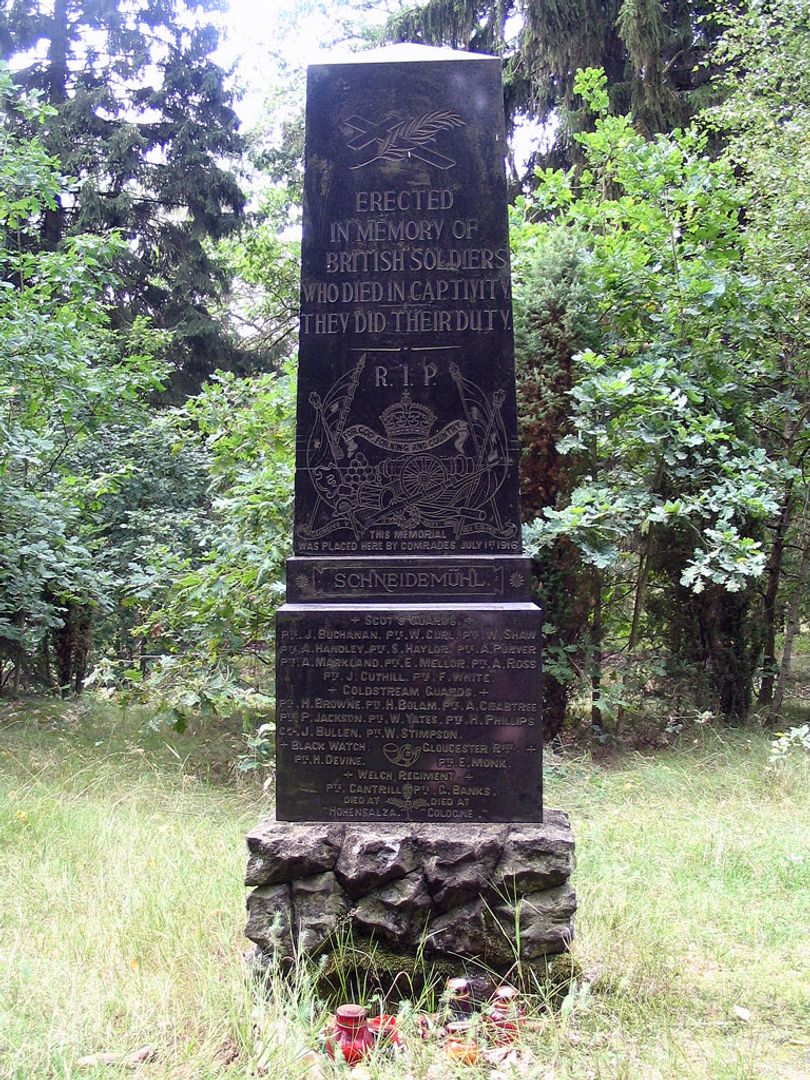POW camp cemetery in Piła-Leszków
6.78

Overview
The prisoner-of-war cemetery in Piła-Leszków is the burial place of over 2,600 prisoners of war from the armies of the Entente who died in a German POW camp during World War I. Located on the southeastern outskirts of Piła, it was established in 1915 near the settlement of Plöttke (today's Leszków) as a result of mass deaths caused by the harsh living conditions in the camp. Among those buried are soldiers of various nationalities and faiths, giving the necropolis a multicultural character. Known before World War II as Russen Friedhof, the cemetery was administratively managed by the Germans, who were obligated to maintain the graves of the prisoners in accordance with the provisions of the Treaty of Versailles. During the interwar period, the cemetery was maintained with funds provided by the countries whose soldiers were buried there, although the graves of Russian prisoners remained neglected. After World War II, the cemetery suffered devastation: fences were dismantled, and many tombstones disappeared. In the 1980s, it was registered as a historical monument, which allowed for partial restoration. The cemetery covers an area of 2.07 hectares, is overgrown with a pine forest, and has a regular layout with a main avenue and side paths where simple graves are located, including Muslim and Jewish tombstones. Three preserved monuments stand on the cemetery: one commemorating British soldiers, a monument to Russian soldiers of German origin, and a memorial for prisoners of Polish, Lithuanian, and Latvian nationality. An interesting aspect is that the monument to British soldiers, made of black basalt, is one of the earliest examples of a memorial that incorporates military honors and religious references to the deceased. The cemetery not only reflects the history of World War I but also serves as an important cultural element, testifying to the diversity of faiths and nationalities that played a part in the tragic fate of that era. After renovations, new monuments appeared, including those commemorating all prisoners, prompting reflection on the fate of those who lost their lives under tragic historical circumstances. The cemetery remains a testament to the complexity of wartime history and the intercultural relations that this place represents.
Location
Tertiary Administrative Division
Trzcianka
Country
2025 Wizytor | All Rights Reserved